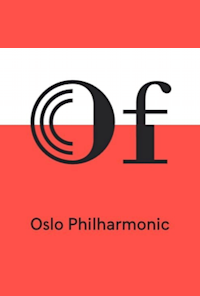Haydn, Mozart Og Brahms I Tønsberg
Condividi
Oslo Philharmonic (2016)
Protagonista:
Informazioni dall'organizzazione artistica (verificate da Operabase)
Haydn, Mozart Og Brahms I Tønsberg by Haydn, Mozart, Brahms, Da (2016/2016), Direttore d'orchestra Juanjo Mena, Oseberg Hall, Oslo, Norvegia
Seleziona LavoroSymphony No. 85 in B♭ Major, ("La Reine") (Sinfonia n. 85 in si bemolle maggiore ("La Regina")), Haydn
Produttore
Direzione d'orchestra
Ensemble
Orchestra
Scopri di più sul lavoro musicale
- Symphony No. 85 in B♭ Major, ("La Reine") (Sinfonia n. 85 in si bemolle maggiore ("La Regina"))Sinfonia n. 85 in si bemolle maggiore ("La Regina")
- Ah, se in ciel benigne stelle K. 538
- Die Zauberflöte (Il flauto magico)Il flauto magico
- Mitridate, re di Ponto, K. 87
- Symphony No.3 in F-Major, op. 90 (Sinfonia n. 3 in fa maggiore, op. 90)Sinfonia n. 3 in fa maggiore, op. 90
